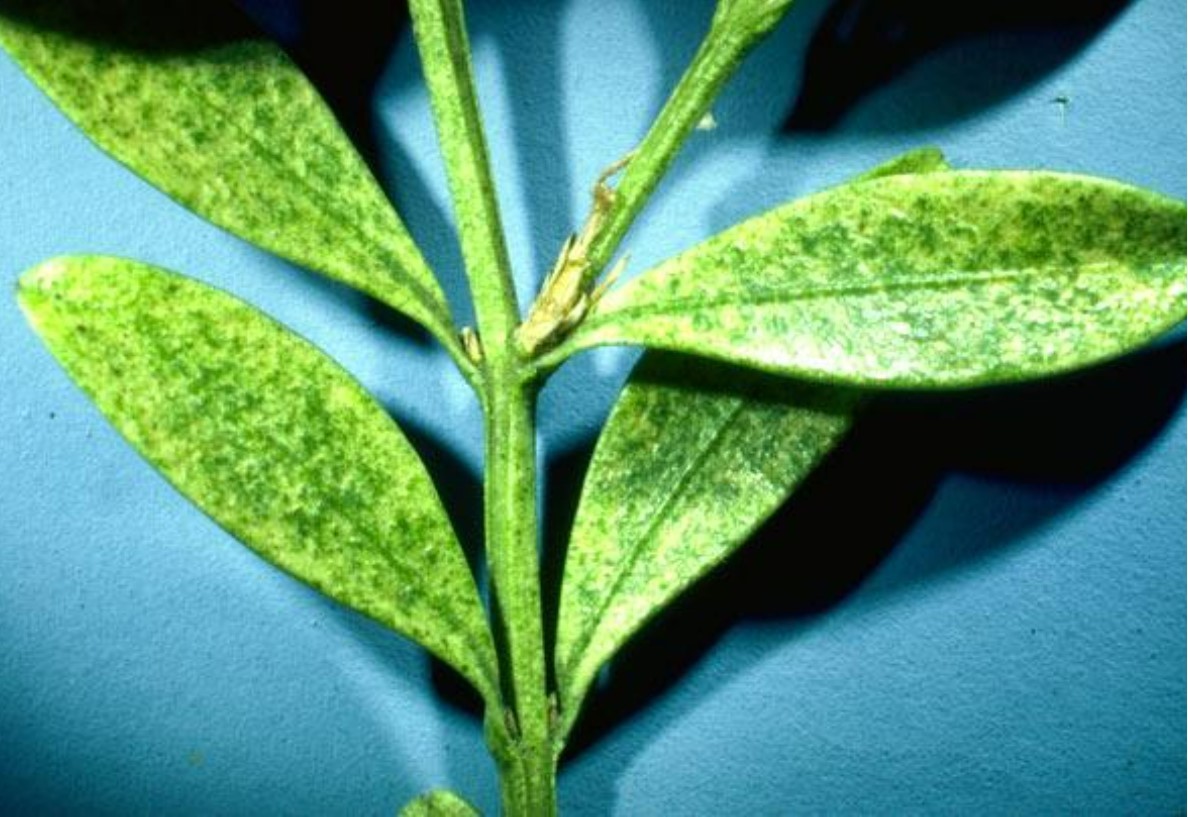Spider mites are tiny arachnids that belong to the Tetranychidae family. They are common pests that feed on a wide range of plants, including houseplants, garden plants, and crops. They are called spider mites because they produce a fine webbing that resembles spider webs.
Spider mites are not spiders, although they belong to the same arachnid class. Spider mites are more closely related to ticks and scorpions than to spiders. Spider mites have eight legs, just like spiders, which is one of the characteristics that classifies them as arachnids. Insects, unlike spider mites and spiders, have six legs, which is one of the characteristics that distinguishes them from other arthropods.
Spider mites are typically less than 1 millimeter in size and can be difficult to see with the naked eye. They have oval-shaped bodies and eight legs, and they come in a variety of colors, including red, brown, yellow, and green.
Sign and Symptoms
Discoloration, yellowing, and bronzing of leaves are some of the signs of spider mite infestation. As these pests feed on the plant’s fluids, they cause stippling and yellowing of foliage. Large populations of spider mites can cause chlorotic areas to coalesce, making large portions of the leaf and often entire leaves become bleached or bronzed, and slightly scorched. This injury can lead to leaf and needle drop, and ultimately cause severe stress on the plant or even kill it.
Spider mites usually feed on the underside of leaves, and they do not travel far. Many mites and eggs can be found on one leaf, and they can be blown by wind to other hosts by hanging on their webbing. Females can lay a dozen eggs daily for several weeks, and the mites develop from eggs to adults in just a few days. This can lead to large and damaging populations in a short period. Spider mites thrive under hot, dry, windy conditions, whereas wet weather slows reproductive rates. Mites can overwinter on host plants, in the soil, debris, or in grass as either adults or eggs, becoming active again in the spring when they seek a suitable host.
Control - What you need an arborist to do
Pesticide
- Spider mites are difficult to control with regular insecticides, and using the wrong product can contribute to spider mite outbreaks. Many natural predators, such as lady beetles and lacewings, can provide effective control of spider mites if present. Using the wrong product can kill these natural enemies and exacerbate the problem.
- To control spider mites, it’s important to use effective and targeted measures. One effective method is to spray foliage with a forceful stream of water at high pressure. This can remove and kill many mites as well as remove webbing that collects dust and protects mites against predators. This method is a safe and effective way to control spider mites and prevent further infestation.
- Horticultural oil, dormant oil, and insecticidal soap are effective sprays for controlling spider mites. However, it’s important to achieve thorough coverage of the plant for optimal control.
- Our team of experts can provide targeted and effective solutions to control spider mites and prevent damage to your plants. We understand the importance of using safe and effective methods to control pests, and we will work with you to find the best solution for your unique situation.


Tree Health Issues
Wondering about costs?

